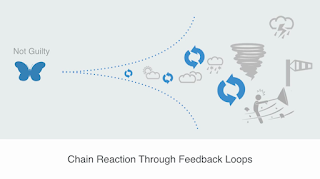Star Stuff
Last week I drove back from Rotterdam to my home town in Switzerland. When I reached the Vosges Mountains in the vicinity of Strasbourg, a dense fog covered the valley as if an ocean of cotton protected the land underneath. The sun appeared in the east as it was dawning. I was thinking: the sun warms us, this blanket of clouds protects us and I could not help a sudden thought from entering my mind that we are probably alone in this universe. Our lives, work and loves have to be lived on this earth, which provides us all we need to live well, but only if we stay in harmony with her. 92 elements in a multitude of combinations form all life, even yours and mine. Cosmologists confirm that these elements originate from stars in the universe and somehow ended up on our planet, which miraculously happened to be exactly in the right position. We are literally made up from star stuff, or stardust if you will. The sun that warms us, clothes us and provides us with the necessary means to sur...
